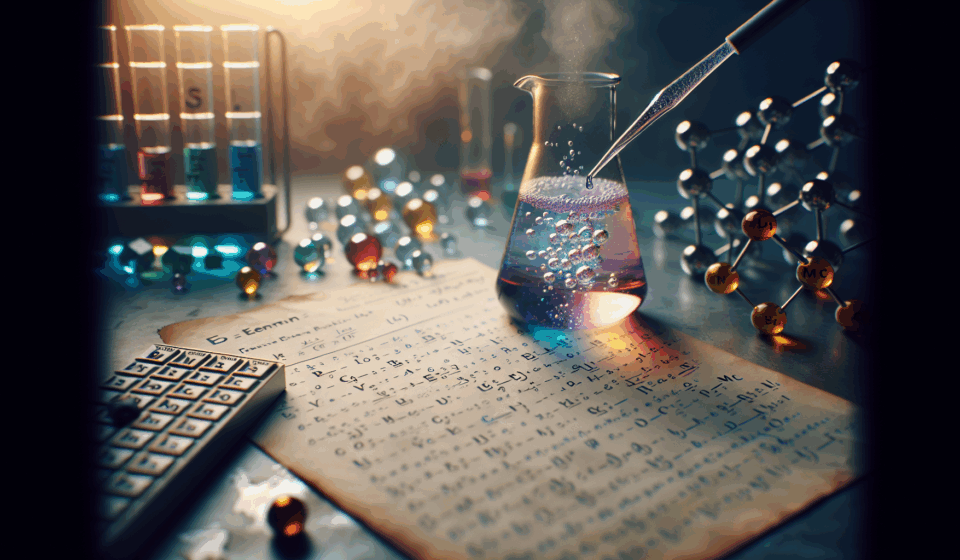
METAL NON-METAL- IMPORTANT EQUATIONS
Here are all the chemical equations related to metals and non-metals extracted from the provided document:
Chemical Equations for Metals
- Formation of Aluminium Oxide:
4Al(s)+3O2(g)→2Al2O3(s)
This equation shows the reaction of aluminium with oxygen to form aluminium oxide.
- Formation of Copper(II) Oxide:
2Cu(s)+O2(g)→2CuO(s)
This represents the reaction of copper with oxygen to produce copper(II) oxide.
- Reaction of Potassium with Water:
2K(s)+2H2O(l)→2KOH(aq)+H2(g)
This illustrates the violent reaction of potassium with water .
- Reaction of Sodium with Water:
2Na(s)+2H2O(l)→2NaOH(aq)+H2(g)+Heat
This shows sodium reacting with water to form sodium hydroxide and hydrogen gas.
- Reaction of Calcium with Water:
Ca(s)+2H2O(l)→Ca(OH)2(aq)+H2(g)
This represents the reaction of calcium with water.
- Reaction of Aluminium with Steam:
2Al(s)+3H2O(g)→Al2O3(s)+3H2(g)
This shows aluminium reacting with steam to produce aluminium oxide and hydrogen.
- Reaction of Iron with Steam:
3Fe(s)+4H2O(g)→Fe3O4(s)+4H2(g)
This illustrates iron reacting with steam to produce ferrous oxide and hydrogen.
- Reaction of Zinc with Dilute Hydrochloric Acid:
Zn(s)+2HCl(aq)→ZnCl2(aq)+H2(g)
This equation represents the reaction of zinc with dilute hydrochloric acid.
- Reaction of Iron with Dilute Hydrochloric Acid:
Fe(s)+2HCl(aq)→FeCl2(aq)+H2(g)
This shows iron reacting with dilute hydrochloric acid to produce iron(II) chloride and hydrogen gas.
- Roasting of Zinc Sulphide:
2ZnS(s)+3O2(g)→2ZnO(s)+2SO2(g)2ZnS(s)+3O2(g)→2ZnO(s)+2SO2(g)
This shows the roasting process of zinc sulphide to form zinc oxide and sulphur dioxide.
- Calcination of Zinc Carbonate:
ZnCO3(s)→ZnO(s)+CO2(g)
This represents the calcination of zinc carbonate to produce zinc oxide and carbon dioxide.
- Reduction of Zinc Oxide:
ZnO(s)+C(s)→Zn(s)+CO(g)
This shows the reduction of zinc oxide to zinc using carbon.
Chemical Equations for Non-Metals
- Reaction of Sulphur with Concentrated Sulfuric Acid:
S(s)+2H2SO4(conc.)→Heat 3SO2(g)+2H2O(l)
This equation shows the reaction of sulphur with concentrated sulphuric acid to produce sulphur dioxide and water.
- Reaction of Sulphur with Concentrated Nitric Acid:
S(s)+6HNO3(conc.)→HeatH2SO4(aq)+6NO2(g)+2H2O(aq)
This illustrates the reaction of sulphur with concentrated nitric acid, resulting in sulfuric acid, nitrogen dioxide, and water.
- Displacement Reaction of Chlorine with Sodium Bromide:
Cl2(g)+2NaBr(l)→2NaCl(l)+Br2(g)
This equation represents the displacement reaction where chlorine displaces bromine from sodium bromide.




